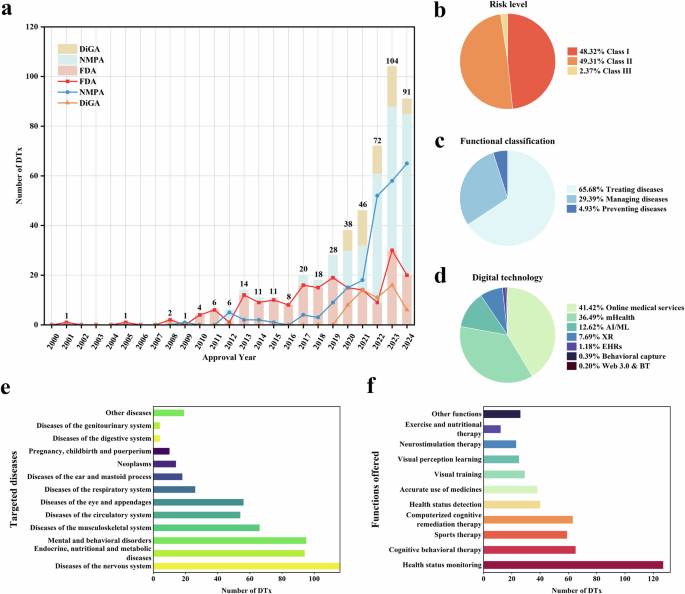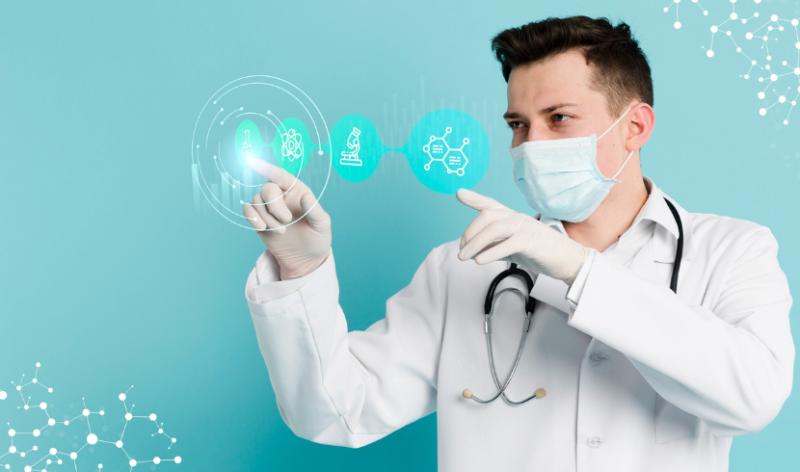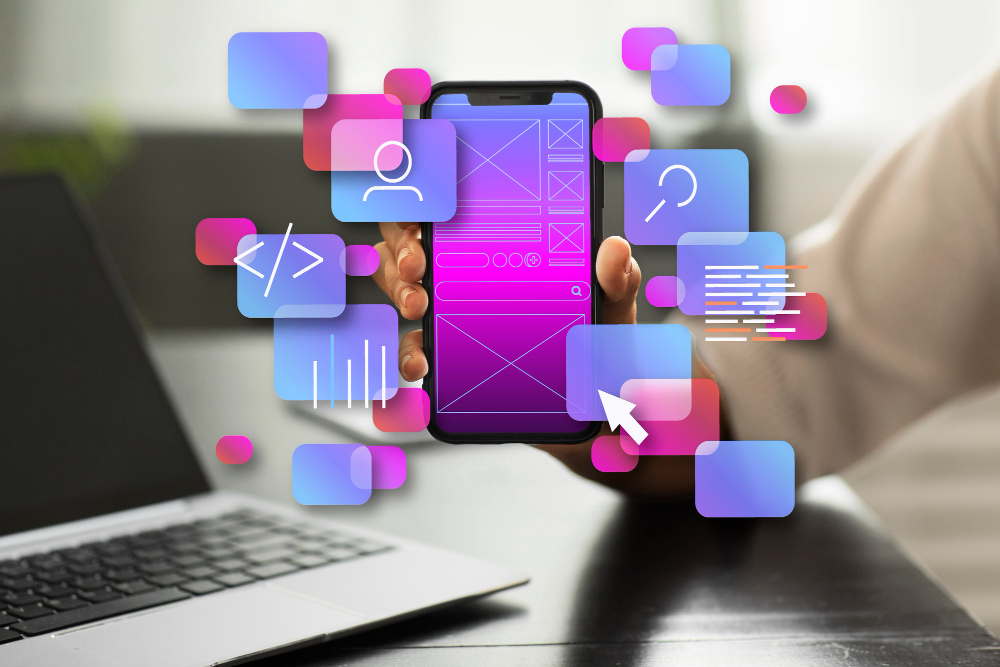Mobile applications in radiology: own study based on polish data

Strictly medical mobile applications are not very popular among users and deserve more attention and recognition of their potential, both in the educational field and as a helping tool in everyday clinical practice. Their implementation in clinical fields improves both the efficiency and quality of health care systems and has a positive impact on the time of diagnosing12. The use of mobile devices together with appropriate applications enables the interpretation of test results, which was proven by Schlechtweg in his study8.
When analyzing the above-mentioned data, it should be noted that radiology applications available on mobile devices have a niche, specialized application and do not reach a wide audience. One can come to this conclusion by analyzing the number of installations of individual applications, which for most of them is less than a thousand—in Google Play store this applies to 130 out of 228 applications qualified for this study. For comparison—in the Google Play store, only in September 2022, the TikTok® application was downloaded 23.96 million times and the Instagram application 21.17 million times13. In our work we have shown that the fewest applications are related to clinical practice, whereas most are used for educational purposes. This may be the result of their non-admission for clinical use due to the lack of appropriate permissions and certificates. Before a given application is approved for clinical use, it must be first approved by the relevant authorities of a given country or by another superior organization—in the case of the European Union, this is the European Medicines Agency (EMA)14. In the United States, the authority issuing these permits is the Food and Drug Administration agency (FDA)15. The first mobile application for viewing images and making diagnoses on MRI, X-ray, ultrasound and other radiographic scans for clinical use was approved by the FDA only in 201116.
However, we are satisfied with the large number of educational applications in both stores—154 in the Google Play store and 104 in the App Store. Educational applications can be a handy source of knowledge, available everywhere and at any time, both for students and practicing doctors17. De Oliveira et al. present a study on the learning of endodontics with the use of radiographs of various endodontic conditions and emphasize the fact that it positively affects both the learning process (students achieved better results in learning) and diagnosis18. Another study conclusively showed that the ability to remember radiology lectures is greater with the use of a remote response device. Millor et al. showed that during learning with an interactive device the number of correct answers was significantly higher than during passive education (63.6 vs. 53.2%, p < 0.05). The same applies to the percentage of incorrect answers, which was lower for students using the remote response device (respectively 23,4 vs. 27,4% p < 0,005 and 13 vs. 19,5%, p < 0,005)19. However, the application is not always able to replace traditional teaching methods. In a study by Nilsson et al. the educational achievements of two groups learning ultrasound were compared—one using the application and one using a manual. It has been shown that the use of the application while learning ultrasound does not affect the acquisition of knowledge. There were no statistical differences between the two groups, using an objective scale for assessing the ability to use ultrasound, and there was no significant difference in diagnostic accuracy. The first group which used an app for learning got an average OSAUS (Objective Structured Assessment of Ultrasound Skills scale) score of 42.3% [95% CI 38.5–46.0%], and the other group using only books scored mean-OSAUS of 45.3% [95% CI 39.3–51.3%] (d.f. [1.33] = 0.45, p = 0.41)20.
The use of mobile applications for consultation and remote diagnosis, especially in emergency situations, is helpful and can shorten the diagnosing time21,22. Hidlay et al. showed that when using a smartphone in head and neck diagnostics, in a sample of 76 CT examinations, it provided almost 100% diagnostic accuracy (p = 0.9999) using both the PACS workstation and the iPhone®23,24. Handelman et al. showed little difference between identifying emergency radiographs on a smartphone via WhatsApp® (accuracy 79,6% ± 7,9%, 11,5%—false positive results, 8,9%—false negative results) and a diagnostic station (accuracy 83,4 ± 6,5%, 8,9%—false positive results, 7,7%—false negative results), which was 6%. However, authors conclude that such a difference does not disqualify the use of WhatsApp as a helpful application for consulting radiographs25. WhatsApp also proved to be useful in remote diagnosis of tibial fractures. Demaerschalk et al. showed that the results of the assessment of vascular neurologists using ResolutionMD® on smartphones did not differ from the interpretation of radiologists diagnosing in the traditional way and independent arbiters viewing the images remotely26. Thanks to a mobile application implemented in South Korea, radiologists gained greater access to Korean imaging guidelines27. Park et al. and Zimmerman et al. showed little difference between coronary artery CT diagnoses made remotely using smartphones or iPad (smartphone: κ = 0.59 and κ = 0.72 for severe stenosis; iPad®: κ = 0.62, 95% CI 0.45–0.79) and comparing with workstation diagnosis (κ = 0.64, 95% CI 0.47–0.81)28,29.
Most applications are free—75.08% of App Store offers and 91.23% of Google Play store offers, which makes them easily accessible, regardless of the financial capabilities of users. According to a study by Biviji et al. applications with a higher percentage of downloads were those which were cheaper, were free applications with the option of purchasing individual options already in the application, were applications with a high user rating or were applications in which experts were involved in the creation and development30. A large part of the application has been updated recently (in 2021 or 2022)—73 App Store offers and 94 Google Play store offers, so it can be assumed that the knowledge contained therein is up-to-date. Users emphasized the importance of customer service responsiveness, speed in solving problems and meeting their requests for additional features31.
In addition, applications containing a reliable description as well as a dedicated website and photos or a video, showing the application’s functions, will probably be more willingly chosen by users. Lau et al. proved that users value the visual aspect and nice design of applications more than evidence-based components32. Jiang et al. showed that users attach the greatest importance to the description of the application when choosing the application they intend to download. A high-quality description is one that briefly lists and describes the app’s features, includes developer contact information and information about permission and requirement33.
link







